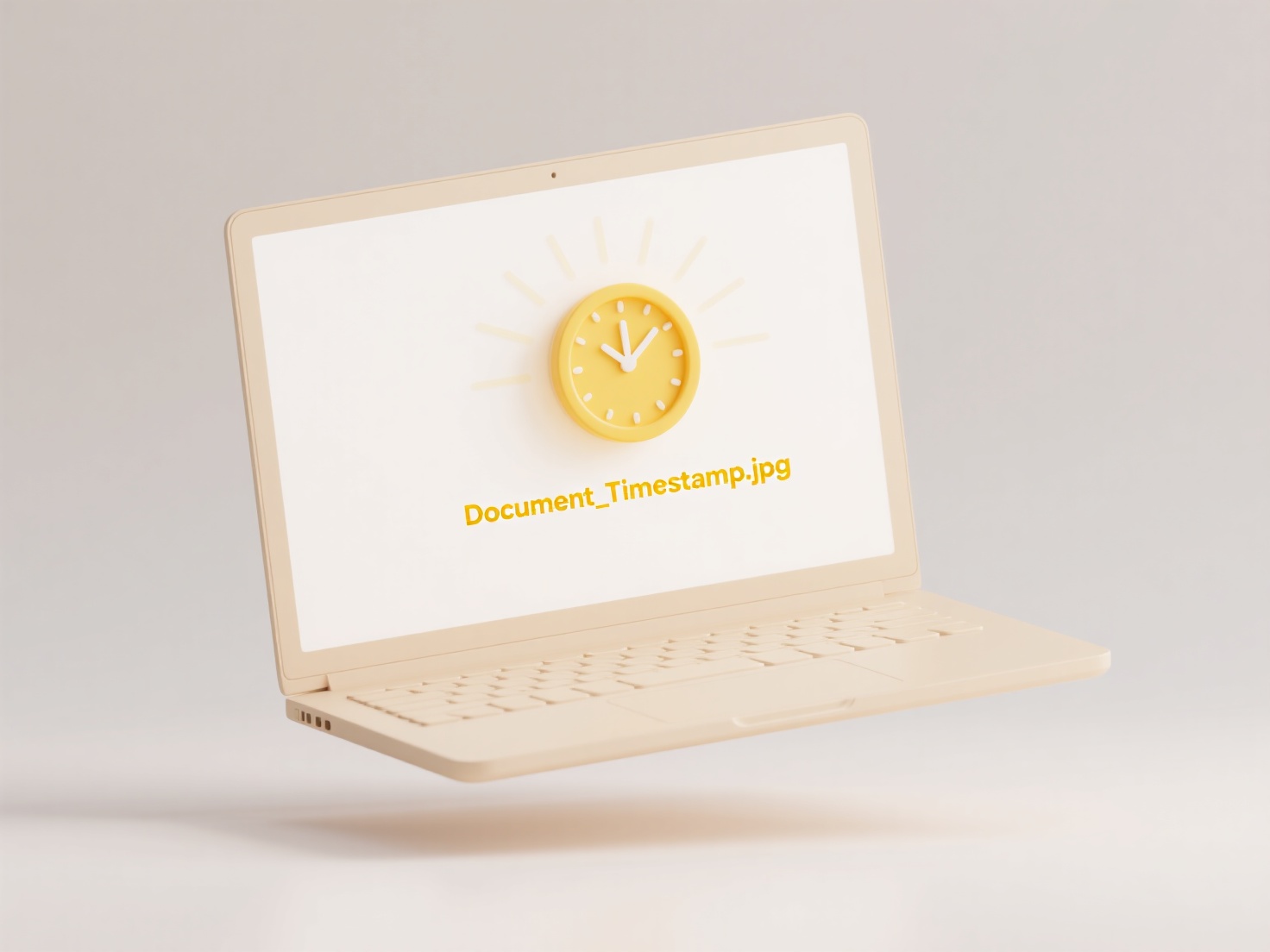
A PSD file is the native format used by Adobe Photoshop to save layered images, text, effects, and other editing data. While Photoshop is the primary software designed to fully open and edit PSD files, you can view and sometimes edit these files using alternative applications. These alternatives typically allow you to open the file to see the composite (flattened) image or handle simpler layer structures, but may not fully support all Photoshop-specific features like complex layer styles or adjustment layers.
Practical tools for opening PSD files include free, open-source image editors like GIMP (GNU Image Manipulation Program), which offers good layer support. Online editors such as Photopea work directly in a web browser, providing robust PSD handling. Adobe also provides free tools like Adobe Bridge for previewing or Adobe Express for mobile viewing. These options are valuable for designers without a Photoshop subscription, photographers needing quick previews, or professionals collaborating who only need to view assets.

The main advantage of using alternatives is avoiding the cost of a Photoshop subscription and gaining flexibility. However, limitations are significant: alternatives may not accurately render complex layer effects, fonts, smart objects, or newer PSD features, potentially altering the design. Future improvements in compatibility by third-party tools could increase accessibility. While useful for viewing or basic tasks, full manipulation of complex PSD files reliably requires Photoshop due to its deep integration with the format.
Can I open a .psd file without Photoshop?
A PSD file is the native format used by Adobe Photoshop to save layered images, text, effects, and other editing data. While Photoshop is the primary software designed to fully open and edit PSD files, you can view and sometimes edit these files using alternative applications. These alternatives typically allow you to open the file to see the composite (flattened) image or handle simpler layer structures, but may not fully support all Photoshop-specific features like complex layer styles or adjustment layers.
Practical tools for opening PSD files include free, open-source image editors like GIMP (GNU Image Manipulation Program), which offers good layer support. Online editors such as Photopea work directly in a web browser, providing robust PSD handling. Adobe also provides free tools like Adobe Bridge for previewing or Adobe Express for mobile viewing. These options are valuable for designers without a Photoshop subscription, photographers needing quick previews, or professionals collaborating who only need to view assets.

The main advantage of using alternatives is avoiding the cost of a Photoshop subscription and gaining flexibility. However, limitations are significant: alternatives may not accurately render complex layer effects, fonts, smart objects, or newer PSD features, potentially altering the design. Future improvements in compatibility by third-party tools could increase accessibility. While useful for viewing or basic tasks, full manipulation of complex PSD files reliably requires Photoshop due to its deep integration with the format.
Related Recommendations
Quick Article Links
How do I password-protect a shared file?
Password protection for shared files involves encrypting the file contents so that only users knowing the correct passwo...
How do I monitor for the appearance of new files?
File monitoring involves automatically detecting when new files appear in a specific directory or set of locations on a ...
How does Google Drive handle duplicate uploads?
Google Drive identifies and manages duplicate files using a technique called deduplication. When you attempt to upload a...